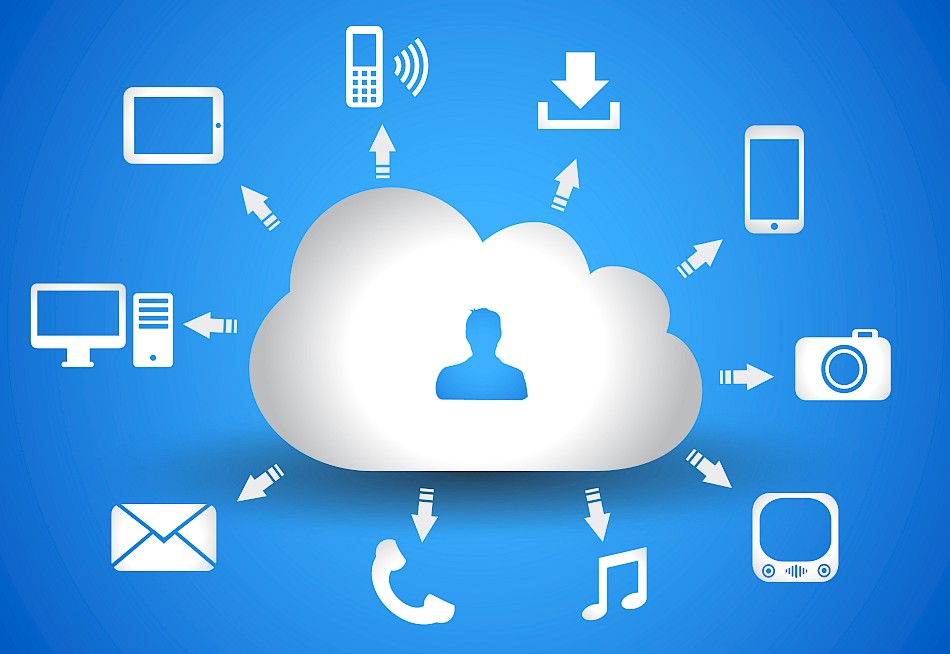


Is it as nebulous as it sounds, or is there a concrete definition that we can grasp? In this blog post, we will delve into the world of cloud computing, shedding light on its meaning, benefits, and types.
Cloud computing is a technology that uses remote servers hosted on the internet to store, manage, and process data rather than relying on local servers or personal computers. This innovative system allows users to access their data anytime, anywhere, provided they have an internet connection.
In simpler terms, think of cloud computing as renting rather than owning a home. Instead of investing in expensive hardware and software for your personal or business use (owning a home), you use the infrastructure of a large company like Google or Amazon (renting) to provide these services for you.
Cloud computing offers several significant advantages over traditional methods of data storage and processing.
1. Cost Efficiency: With cloud computing, businesses can save substantial capital costs with zero in-house server storage and application requirements. The elimination of upfront IT infrastructure costs is one of the many benefits that make cloud computing so attractive.
2. Accessibility: As long as there's internet connectivity, employees can work from anywhere using cloud computing. This flexibility positively affects knowledge workers' work-life balance and productivity.
3. Scalability: Your business can scale up or scale down your operation and storage needs quickly to suit your situation, allowing flexibility as your needs change.
4. Disaster Recovery: With your data stored in the cloud, backing up and restoring said data becomes more manageable than using physical devices.
There are primarily three types of cloud computing services – Infrastructure as a Service (IaaS), Platform as a Service (PaaS), and Software as a Service (SaaS).
1. Infrastructure as a Service (IaaS): IaaS is the most basic category of cloud computing services. It allows businesses to rent IT infrastructure—servers, virtual machines, storage, networks, operating systems—from a cloud provider on a pay-as-you-go basis. Well known examples of this would be, Microsoft Azure and Amazon Web Services (AWS).
2. Platform as a Service (PaaS): PaaS is another layer on top of IaaS where businesses can rent not only infrastructure but also platforms where developers can build applications. Well known examples of PaaS would be Shopify or website builders such as Wix and Squarespace.
3. Software as a Service (SaaS): In SaaS, service providers deliver applications over the internet and users can access them via web browsers. Examples include email services like Gmail or productivity software suites like Microsoft Office 365.
Cloud computing is not just for businesses; it's part of our everyday lives too! When you update your Facebook status, you’re using cloud computing. Checking your bank balance on your phone? You’re in the cloud again. Chances are you rely on cloud computing to solve the challenges faced by small businesses, whether you’re firing off emails on the move or using apps to help you manage your workload.
In conclusion, cloud computing is an innovative technology that offers significant benefits in terms of cost efficiency, accessibility, scalability, and disaster recovery. Whether it's for personal use or business operations, it's clear that cloud computing has transformed how we store and access data. As technology continues to advance at an unprecedented rate, we can only expect that cloud computing will become even more integral to our digital lives.
So next time when someone asks "What exactly is cloud computing?", not only will you be able to answer confidently but also explain its benefits and types!